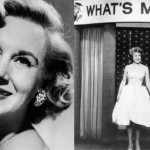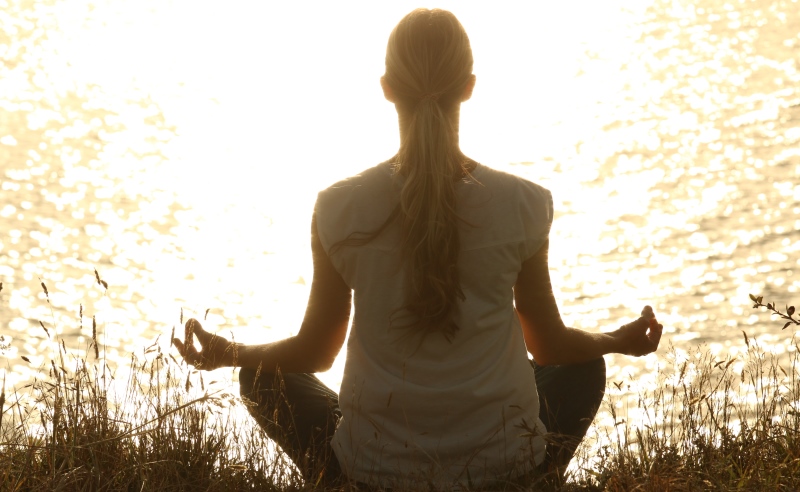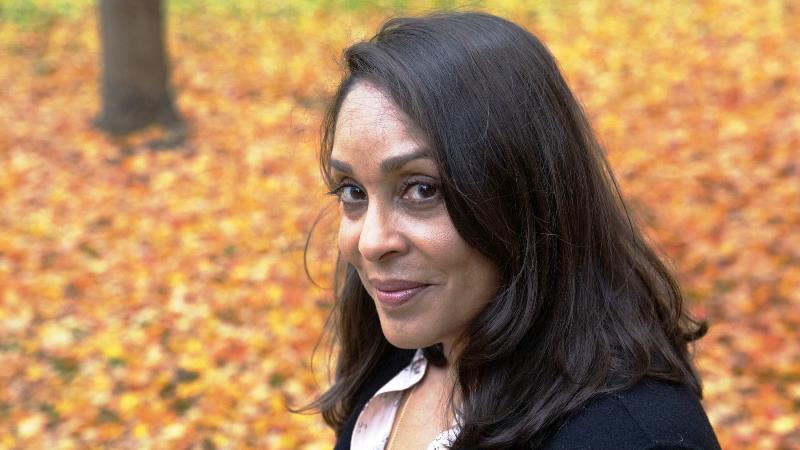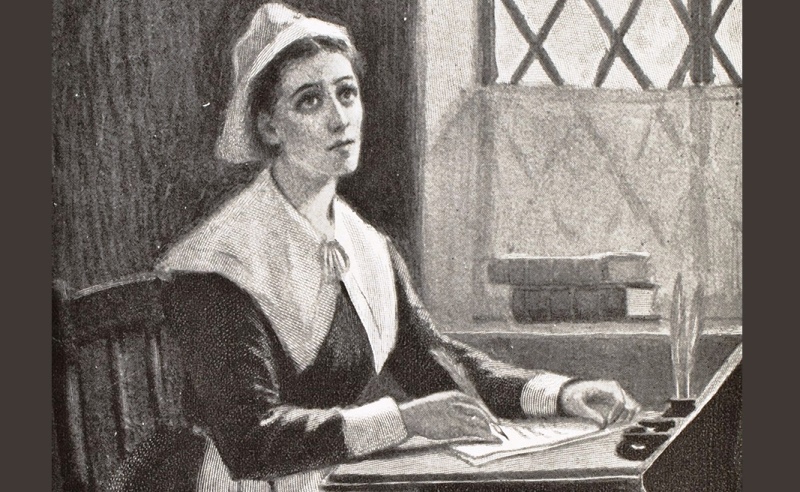In every movement, there is something called collective memory. It is a set of particular “images of the past” that social groups select, reproduce and commemorate through a particular set of practices. These collective memories act as a catalyst, a fuel that drives activists towards their goals. They act as reminders of the struggle and oppression faced by the precursors of a movement that act as sources of inspiration and strength for present activists. Thus, for understanding of any movement, it is important to have a clear idea of the collective memories- events from the past- that act as driving forces and shape the present state of the movement as well.
Suggested read: #PrideMonth: Here Are The LGBTQ+ Rights Activists You Should Know About
Understanding LGBT community history and their movement is the first step towards understanding the cause itself and what it stands for. We live in a time where it is so easy to falsify the truth, to alter actual historical narratives and to change perceptions of entire populations. Spreading propaganda has never been easier and quite unsurprisingly this is being used for all the wrong reasons. Starting from elementary history books in schools to common public knowledge, rewriting historical narratives acts as a powerful tool to continue the oppression of minorities, to change their opinions and to pass major policy changes without any public opposition. Just yesterday, an LGBTQ activist on my Instagram had shared a picture of an advertisement in a newspaper in India in which a self proclaimed “cosmic healer” advertised “distance cosmic healing” for diseases such as cerebral palsy, schizophrenia, autism, along with curing young men and women from being “gay and lesbian”. Said cosmic therapist guaranteed to cure patients of being gay and lesbian before marriage, so as to save their families of the shame of having a homosexual in the family that no one will want to marry. This might seem laughable and ridiculous to a lot of us, but for so many deeply ignorant individuals out there, this will be seen as a legitimate cure for their queer children; thereby subjecting them to both mental and physical torture.
Thus, the LGBT community history becomes important in an atmosphere like this. Understanding the past helps us gauge the present situation better. My history teacher in school always kept telling us how the knowledge of history has the power to prevent us from repeating our past mistakes. Teaching the general population about the LGBT community history not only gives them an objective view of the movement as a whole, but it also allows them a glimpse of the pattern of subjugation, oppression and humiliation that the community has faced. It subverts the dehumanization that members of the community are subjected to, and reminds everyone that a person belonging to the LGBTQ spectrum is as human as they are, and thus deserves every right to live a life of integrity and liberty as they do.
Stonewall Inn; tucked away in the Greenwich Village neighborhood in Manhattan, New York City was one of several establishments that catered to the demands and requests of queer customers. These establishments, which were usually bars, were some of the very few public spaces in the United States of America of the 1950s and 1960s, where LGBTQ+ people could openly interact with one another without the fears of being penalized. Stonewall Inn, owned by the mafia, was a safe haven for numerous poor and marginalized people of this community; such as- drag queens, transgender people, effeminate young men, butch lesbians, male prostitutes, and homeless youth, among others. But on the morning of June 28, 1969, the NYPD First Division raided the bar. Those present inside fought back and very soon, this escalated into a riot that lasted the entire night as more and more people from the community got to know about it.
This incident is viewed as the cornerstone of the gay liberation movement not only in the USA, but all over the world. It was the spark that ignited the minds and hearts of the queer folk and pushed them into activism and protesting for securing their basic rights. Stonewall stressed the importance of “coming out” and gave birth to a mass movement. Historian Marc Stein, while writing about homosexual activism, quoted an activist who claimed,
“No event in history, with perhaps the exception of the French Revolution, deserves more [than the Stonewall riots] to be considered a watershed.”
Gay rights activists such as Marsha P. Johnson and Sylvia Rivera are “vanguards” of the Stonewall riots and are remembered even today as sources of inspiration and courage. Stonewall was not the only riot that made the news in the 1960s, but because of its “international commemorative rituals”, it has reached this status of an almost mythical and legendary event in the history of the gay liberation movement, while others remain confined to obscure books and journals. Pride Parades rely on this sentiment to encourage the movement to grow even bigger.
Suggested read: #Pride Month: A Love Letter To The LGBTQ Community
The first Pride Parade in the history of the world took place a year after the Stonewall Riot in commemoration of its first anniversary on June 28, 1970 at Central Park in New York City. It was called the Christopher Street Liberation Day, named after the street where Stonewall was located. The parade wasn’t as flamboyant and colorful as most parades are today, but nevertheless it attracted hundreds and thousands of supporters who walked with banners and posters, chatting among themselves and occasionally waving at the curious onlookers. This went on to become an annual phenomenon in the USA, with June being declared as Pride Month; and soon, LGBTQ+ communities in other countries of the world also took to Pride Parades to celebrate their shared identities and culture.
On October 14, 1979, the National March on Washington for Lesbian and Gay Rights was held, a march that is stated to be the largest political gathering to date in the United States. Although official numbers are unknown, it is estimated that about 200,000,000 people attended this march. Prior to this, LGBTQ activism was predominantly focused on local issues and did not possess a united front. With this march, the movement could be consolidated at the national level, and activists were able to present their demands to then President Jimmy Carter in a more unified voice. Their demands included a bill that would ban discrimination based on sexual orientation in federal and military jobs, inclusion of sexual orientation in the Civil Rights Act of 1954 by the Congress, repeal of anti- gay legislation and the demand for family protection laws that would allow gay and lesbian parents to receive fair custody trials. Although the demands remain unfulfilled even today, the march was successful in drawing public and government attention to the LGBTQ community and their cause.
Harvey Milk’s appointment to the Board of Permit Appeals in 1976 in San Francisco by Mayor George Moscone is an important event in the history of the LGBTQ movement, as he was the first openly gay city commissioner in the United States. He then became a member of the San Francisco Board of Supervisors in 1978. Milk was a symbol of pride and hope in the LGBTQ community and spent his life advocating for the cause. In fact, this is what inspired Gilbert Baker to design the Rainbow Flag after meeting Milk in 1974. The flag instantly became a symbol of pride and resistance for the LGBTQ movement in San Francisco, everyone just instantly seemed to grasp its meaning. The initial design of the flag was somewhat different from what it is today, it had eight strips of colors- hot pink which stood for sexuality, red for life, orange for healing, yellow for the sun, green for nature, turquoise blue for art, indigo for harmony and violet for spirit. The flag was a positive alternative to the pink triangle that had been used by the Nazis for identifying and persecuting homosexuals.
Suggested read: #PrideMonth LGBTQ Art Compilation: A Discourse On Right To Pride
We may have come far. but the journey has, not for once, been easy. It has been riddled with obstacles and injustices that have had to be fought with little to no resources. In every part of the world, there has been progress in terms of the movement, but it has come at the cost of unnumbered sacrifices and crimes committed against activists, protestors and allies. What is important to remember is that these sacrifices haven’t been for nothing, and every positive action, no matter how insignificant it may have seemed, has contributed to the success that the movement has received so far. Every step we take forward is a victory that has brought about substantial change in almost all the countries of the world. Knowing about the history of the LGBTQ movement is one such way of acknowledging past contributions, understanding the politics of the movement, the struggles and demands of the people. It is also instrumental in instilling courage and hope in the people, so that movement doesn’t become stagnant and can continue to proceed forward.
Featured image source: Google, copyright-free image under Creative Commons License



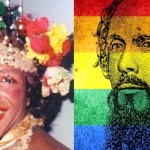
![[Valentine’s Day Special] Top 10 Romantic Vacations You And Your Lover Can Take This V-Day](http://www.newlovetimes.com/wp-content/uploads/2016/08/couple2-150x150.jpg)

